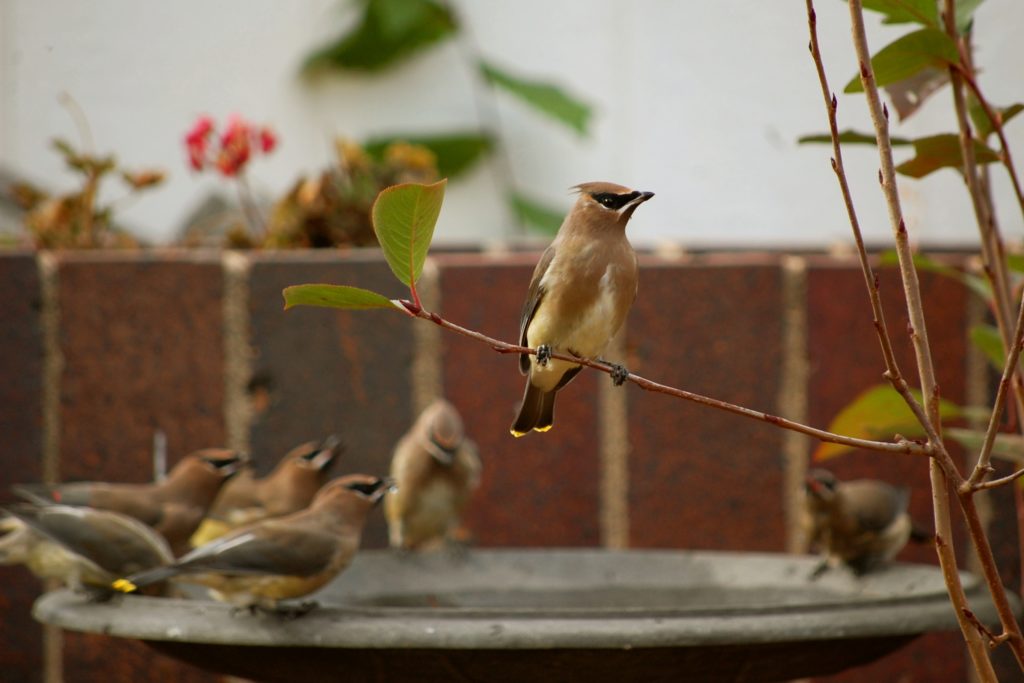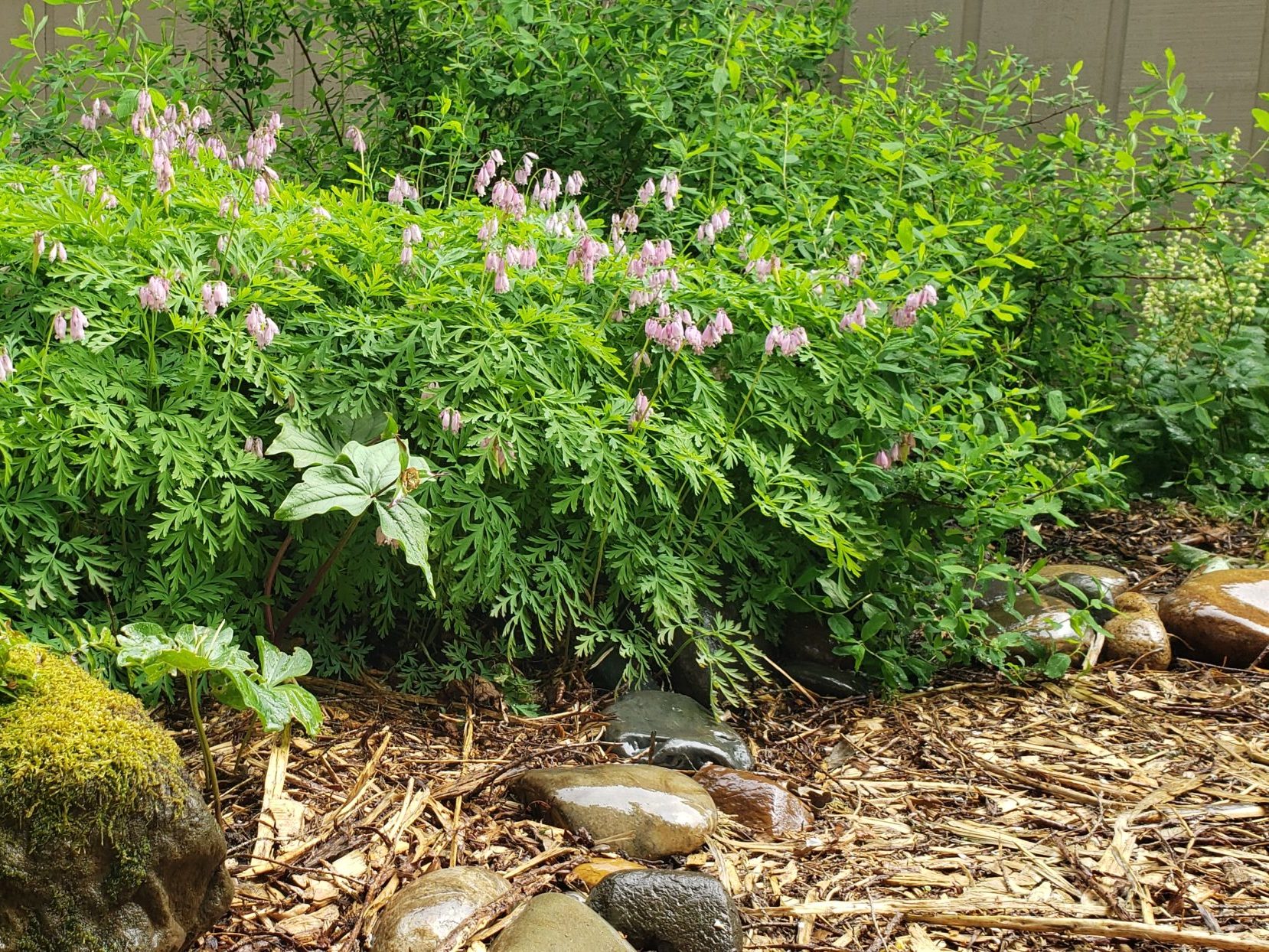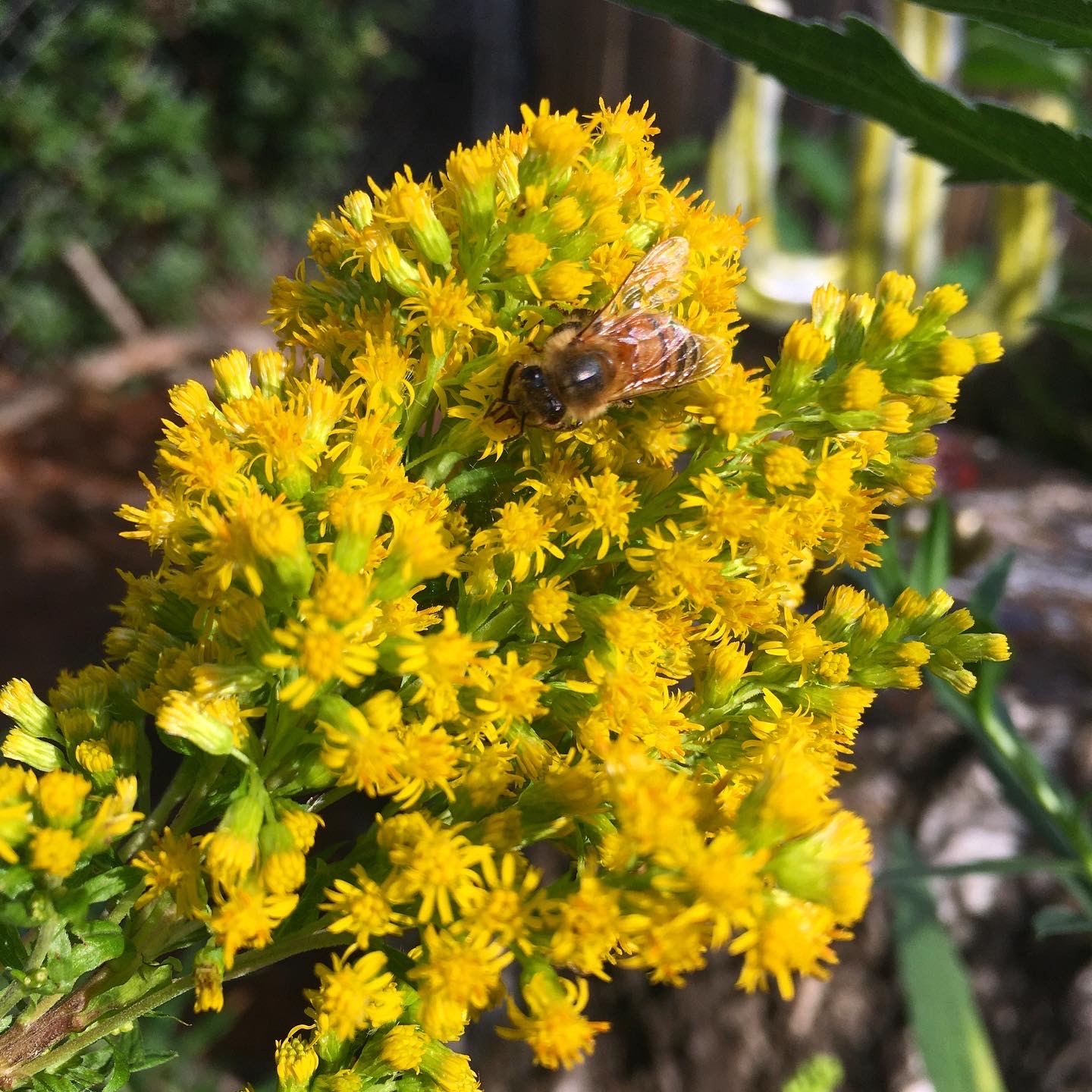Caring for plants, animals, and each other during extreme heat
As extreme heat and extended periods of drought become more frequent in our region, we wanted to share some tips on how to care for plants, animals, and each other during extreme heat.
We all need food, water, and appropriate shelter. During extreme weather events (but also in general), check in on your neighbors, particularly those that live alone, may have underlying health conditions, are elderly, or are more vulnerable. If someone needs a place to cool down, contact @211info or visit: 211info.org/coolingcenters. They have resources for cooling centers in both SW Washington and Oregon.
When caring for local flora and fauna, some steps you can take include:
Water
For wildlife
Sufficient, reliable, and clean freshwater sources are critical for drinking and bathing for birds, beneficial insects, and other wildlife. We can all help by providing and maintaining bird or bug baths in our gardens. Do-it-yourself (DIY) versions work well, such as repurposed shallow pans, trays, or plant pot saucers. A shallow depth is important – no more than 2 inches. Fill with an inch of water. Add pebbles, small rocks, or twigs to give birds something to stand on or bugs something to land on. Consider adding a moving or dripping water feature, such as a solar bubbler. Birds are drawn to the sound of moving water. Moving water deters mosquito breeding and helps prevent bacterial growth. Place the bath in partially shaded conditions, near shrubs, and when appropriate, at ground level. Keep it clean and cool, changing the water frequently.

For plants
New and vulnerable plants need supplemental water when it’s consistently dry (i.e., during the summer and more often now, during spring) and definitely during extreme heat events. However, during heatwaves, consider watering your mature trees as well since they can also be negatively impacted. Long, deep, less-frequent watering throughout a plant’s root zone is better for plants than frequent, short, shallow watering. Watering early in the morning helps the water soak into the soil and get taken up by the plant rather than evaporating.
Although overhead watering is not generally recommended (as it can foster an environment for plant disease), during periods of prolonged extreme heat, you may consider gentle overhead watering or misting over the leaves in the morning.
Shelter and shade
For wildlife
Plants provide shelter to birds and other urban wildlife. Shelter is crucial for animals needing protection from predators, escaping extreme weather, or seeking safe nesting habitats. Insects also need shelter. A couple of ways to do this are by “leaving the leaves” that fall in your yard, repurposing downed branches on-site, and creating wildlife brush shelters.
You can also help provide shelter and shade for birds and beneficial insects by planting clusters or groupings of native plants from multiple canopy layers together to provide a dynamic, multi-layered habitat.

Photo credit Cindy E.
For plants
One way to provide “shade” for plants is to mulch the soil over their root zone. Mulch acts as a natural insulator, helping regulate soil temperatures and moisture levels. Adding mulch helps protect the soil, and thus, plant roots, from extremes. Another way to provide temporary shade during extreme heat events is by using shade cloth or DIY shade casters, such as hanging sheets, strategically placing lawn furniture, etc. For any container plants that can be temporarily relocated, move them to cool, shady areas of your yard or garden.

Photo credit Renita K.
Food
For wildlife
Ensure birds and beneficial insects have access to adequate, reliable, and appropriate food by planting native plants. The less time birds, beneficial insects, and other urban wildlife need to spend foraging, the less time they need to spend expending energy during extreme weather events. The loss of habitat and decline in native plant species directly impact the availability of food, and consequently, bird and beneficial insect populations. Most birds and insects are specialists, adapted to and reliant upon a particular food source, oftentimes specific plants native to an area.

Goldenrod provide nectar and pollen for wildlife
Photo credit Karli D.B.
When choosing what to plant, observe the conditions of your yard and garden. To help plants not only survive, but thrive, choose plants that are adapted to the site’s soil, light, and moisture conditions, and size of the space. By planting locally native plants from multiple vegetation layers and with different bloom times, you can help provide critical food to a diversity of birds and beneficial insects over the course of multiple seasons.
If your plants are already appearing stressed, check out this article by Oregon State University Extension, titled, “Heatwave in the garden: how to identify and prevent heat stress in plants.”